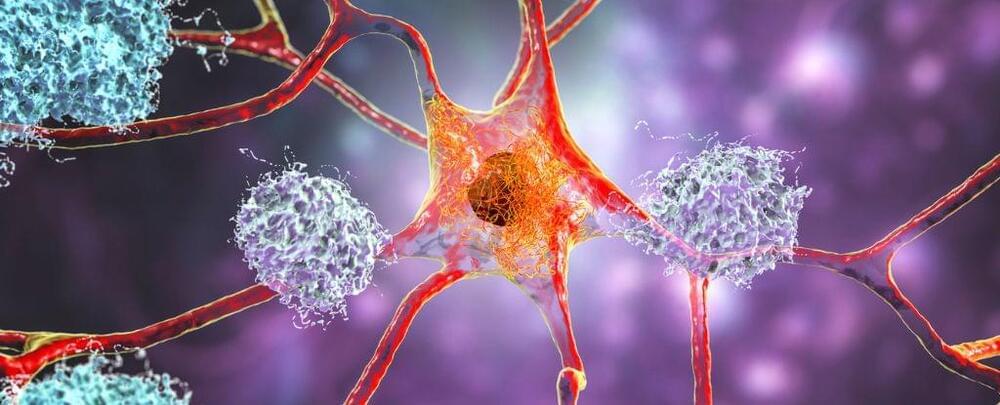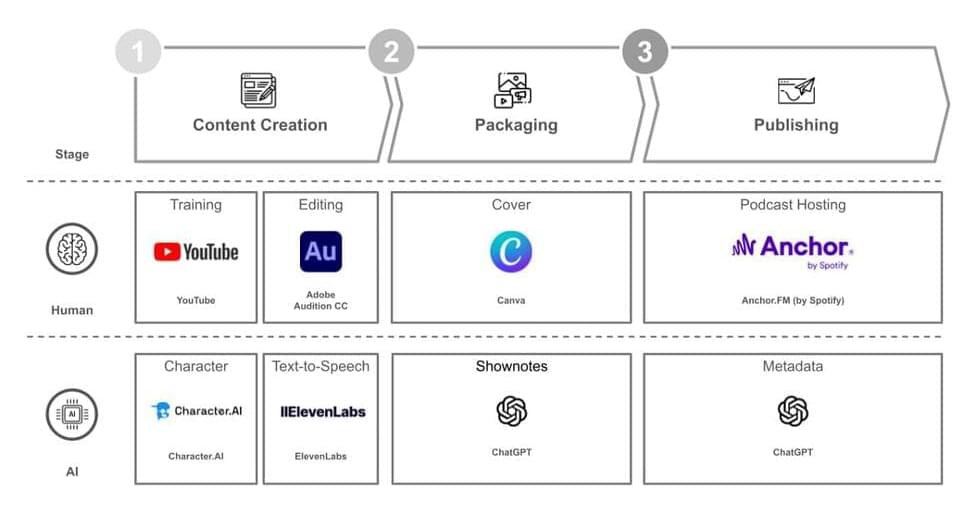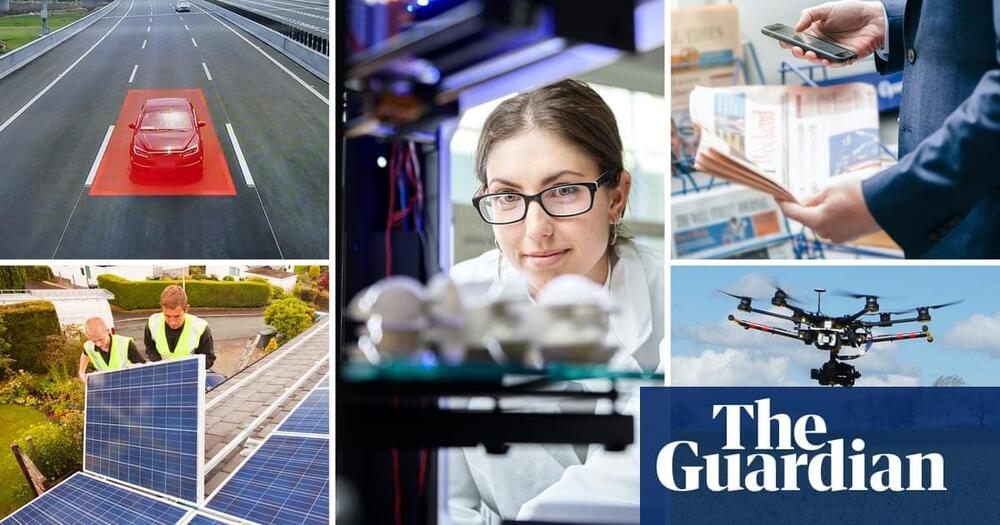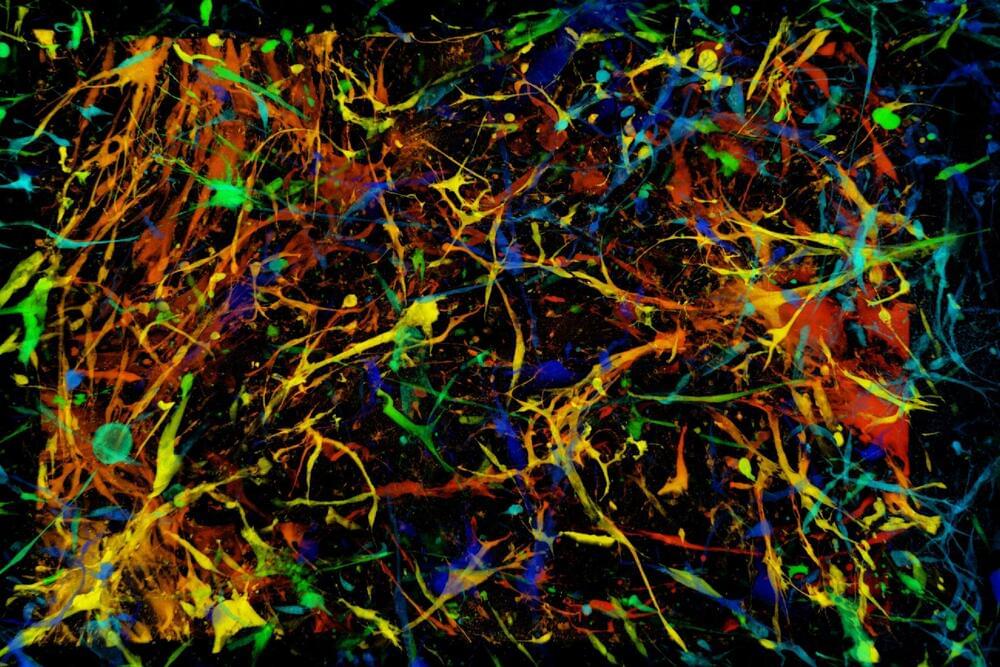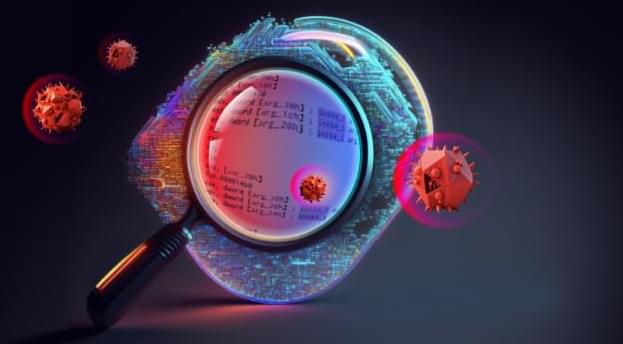Scientists have identified the exact point at which healthy brain proteins are shocked into the tangled mess that is commonly associated with Alzheimer’s disease.
Researchers at the University of California Santa Barbara (UCSB) are h opeful that the new laboratory technique behind the discovery can be used to directly study the ‘never-before-seen’ early stages of many neurodegenerative diseases.
Tau proteins are abundant in the human brain. At first, these proteins look like tiny pieces of string inside neurons. As they fold and bind together with structural elements called microtubules, however, they create a sort of skeleton for brain cells that helps them function properly.
